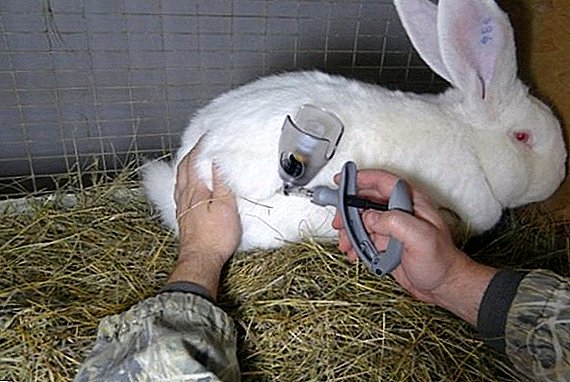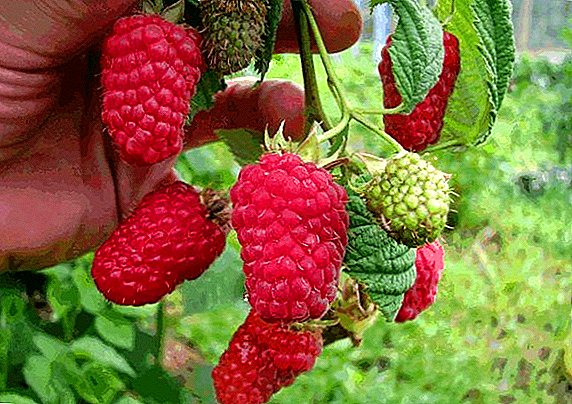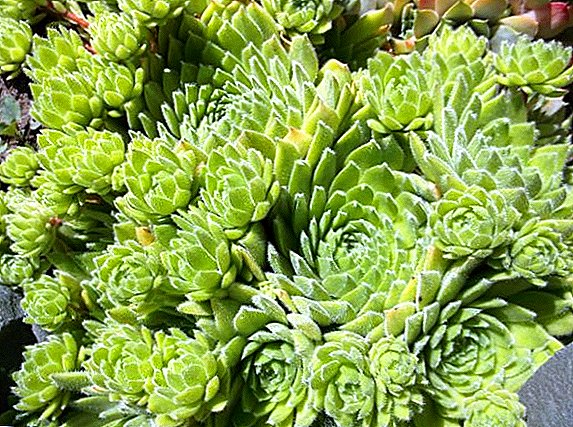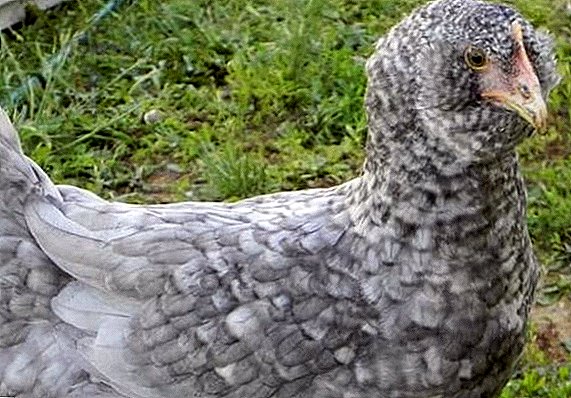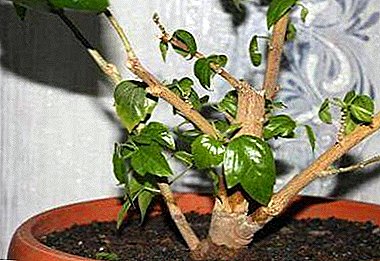
One of the most important steps in the care of a Chinese rose is pruning. The plant is not always able to independently form a decorative crown on its own.
The pruning procedure is not only responsible for the aesthetic appearance of the hibiscus, but also helps maintain the plant in a healthy state.
Our article has step-by-step instructions on how to conduct different types of pruning hibiscus at home, as well as photos of plants before and after the procedure.
Why do this?
Hibiscus pruning is required for a number of reasons:
- To remove shoots that have acquired a non-aesthetic form, twisted and shortened by the influence of time.
- To give hibiscus shape. After the procedure, he is actively increasing new shoots.
- For rejuvenation. To get rid of old dried twigs.
- To remove diseased shoots. This is the so-called sanitary pruning, when the affected parts are trimmed with a small grip of healthy parts.
- To hibiscus actively developed and bloomed abundantly.
If the hibiscus is not cut at home, the formation of side branches, buds and flowers will stop. Hibiscus flowers are able to appear only on the young shoots.
Frequency of
For the formation of the bush hibiscus pruned annually in spring and autumn, when flowering is over. In the summer of pruning is strictly prohibited - the Chinese rose will not bloom.
How to trim a plant?
The procedure depends on the purpose of the procedure.
Formation of the crown in the indoor hibiscus
 Crown hibiscus can be of various forms. The option is chosen depending on the interior of the room and the aesthetic preferences of the owner of the plant.
Crown hibiscus can be of various forms. The option is chosen depending on the interior of the room and the aesthetic preferences of the owner of the plant.
Some time after trimming, new shoots start to appear in the Chinese rose, which will create a beautiful crown.
- Not viable dry shoots and branches growing parallel to the other are pruned.
- Weak, deformed, damaged shoots must also be removed.
Supportive haircut
It is performed after the desired crown appearance has been acquired.
- Cut weak and dried shoots.
- All thin branches are cut to the level of 2-3 buds.
- If the Chinese rose has got one-sided appearance, all undesirable processes are removed to the very base of the bush.
Forming a trunk
Held after planting Chinese roses.
- All branched shoots are removed to the level of 2-3 buds.
- The main developed trunk does not need to be trimmed.
- In February, all lateral shoots are removed to the level of 1 kidney, and the main trunk is trimmed to the level of 5-6 buds.
- Pruning is carried out until a plant of the desired height is obtained.
- The crown is formed from the strongest young twigs, further pruning is carried out on several buds.
- Lateral shoots need to be constantly removed.
Removal of branches for sanitary purposes
- Time - early spring.
- All branches that have grown over the previous year are cut by a third.
Anti-aging haircut
- All old and dead parts are removed.
- The rest of the shoots are cut by two thirds.
- Pruning should affect not only the outer branches, but also located inside the bush.
Important! For all types of Chinese rose trimming, only scissors or a sharp blade are used. The branches of the plant are too thin, pruner can damage them. Cuts are made at an angle of forty-five degrees, and after the procedure is completed, they are covered with charcoal.
Photos of plants before and after the procedure



Aftercare
Special care requirements after pruning Chinese rose does not impose. The branches that survived the procedure quickly and painlessly go through a period of adaptation and at the same time form several new shoots, which, in turn, can be cut off after three months.
To maintain a comfortable state of the flower, it is only necessary to responsibly treat the observance of the light and temperature regimes recommended for this plant, and also not to disturb the periodicity of irrigation.
Why does the flower fade after the procedure, and what to do?
Poorly pruning hibiscus can in the event that the cut was made to bare hemp, when the top of the leaves are removed, and the stems are left completely without leaves. Such branches, as a rule, dry up, the buds do not wake up on them, or they can dry out after a while.
Also the problem of poor health of the flower after pruning may lie in the wrong tool, which shoots of the Chinese rose were damaged. To revive the hibiscus, you need to carry out a cardinal removal of all dry and diseased parts with a suitable tool, and cut off the rest of the shoots so that at least two or three leaves remain on the ends of the branches.
If you know how to properly trim a Chinese rose and regularly do it, you can get an unrivaled living element of originality that is unsurpassed in originality and brightness.


